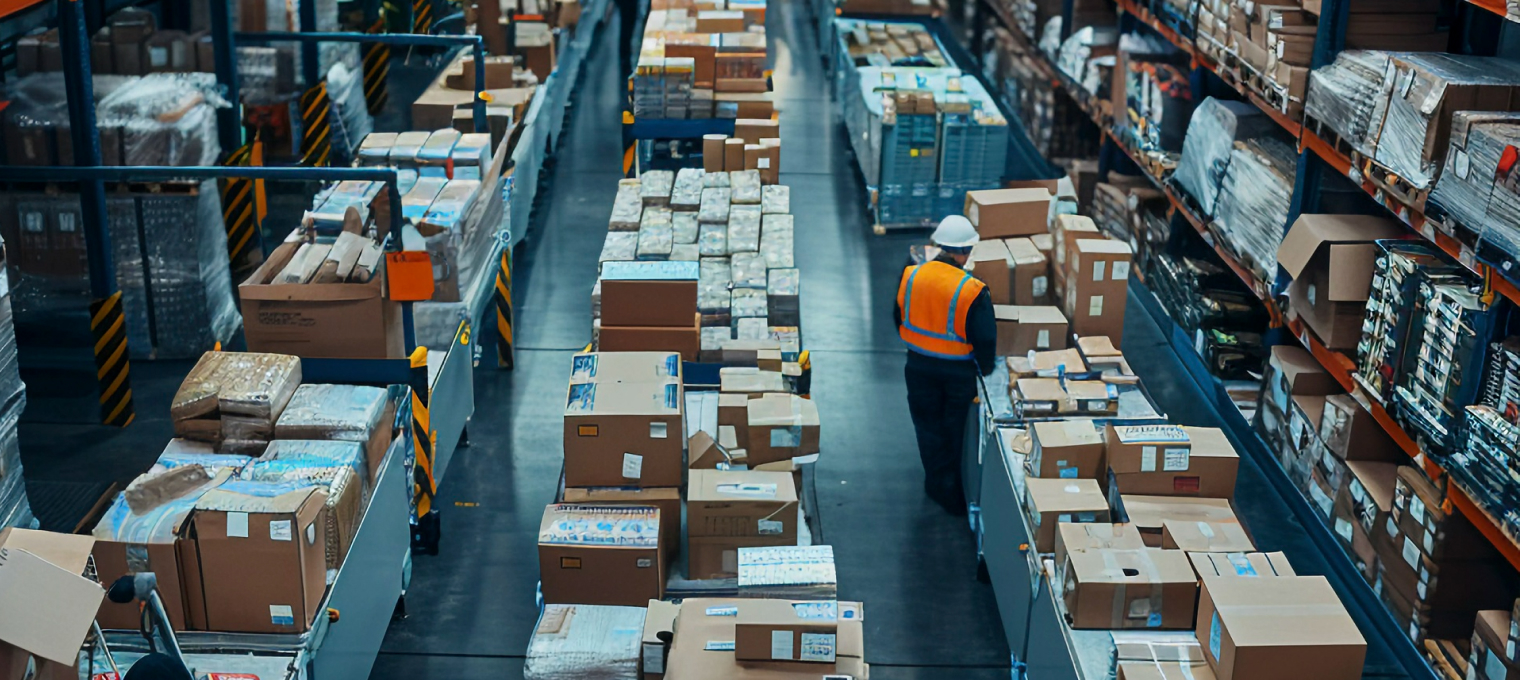Have you ever imagined how aid will be delivered when an earthquake strikes or a flash flood devastates a region in 2050? The world is becoming increasingly unpredictable, and global disasters are happening more often. Yet, behind the dark clouds, there is a ray of hope from a field you might not expect: logistics. In this article, we explore the vision of Humanitarian Logistics 2050—an era where supply chains are not only about business efficiency but also about saving lives in every crisis.
Why Logistics Is the Backbone of Disaster Relief
Picture this: essential medicines must arrive within hours, shelters must stand before night falls, and clean water must reach the most remote areas. These needs depend on speed, accuracy, and visibility. Humanitarian logistics sits at the heart of every rescue operation. Without it, aid remains stuck in warehouses with no real impact.
Traditional operations often struggle against damaged infrastructure, bureaucracy, and the lack of real-time data. So, how will the future change this?
Future Technologies That Will Revolutionize Humanitarian Logistics
The year 2050 may sound like science fiction, but many of its technologies are already emerging. These innovations will transform humanitarian relief:
- AI and Big Data for Smart Prediction & Response
Artificial intelligence will process weather data, tectonic shifts, and social patterns to predict where aid will be most needed. Even before a disaster strikes, algorithms will guide logistics resources to strategic points. Today, we already apply proactive logistics management at Agung Logistics, though on a smaller scale. In 2050, this approach will become far more advanced. - Drone Fleets and Autonomous Vehicles for the Toughest Terrain
Broken roads or collapsed bridges will no longer block aid. Cargo drones and autonomous trucks will deliver medical kits, food, and communication tools across the hardest terrain. These machines will work tirelessly, reducing risks for human volunteers. - Digital Twins and Real-Time Visibility
Every movement of aid—from warehouses to recipients—will appear in a digital twin. Coordinators will monitor, optimize, and reroute deliveries instantly. What we call tracking today will evolve into flawless real-time visibility.
Agung Logistics’ Readiness for the Future of Humanitarian Logistics
Talking about the future does not mean forgetting the foundations we are building today. The core principles of humanitarian logistics—agility, reliability, and transparency—are values we already practice.
Our freight forwarding services—covering air, sea, and land—are designed to handle complex and urgent shipments. Supported by a strategic warehouse network, we ensure efficient storage and consolidation of goods, ready to be deployed at any time. In disaster scenarios, having a well-organized warehouse is already half the battle. Explore how our warehousing solutions can be part of a resilient supply chain strategy.
We continue to invest in advanced systems to improve visibility and response speed. This commitment to innovation will take us from conventional logistics services to becoming an active contributor in the Humanitarian Freight 2050 ecosystem.
Building Resilient Networks Together: Collaboration Is the Key
The future of disaster relief logistics is not about a single “super company.” It is about networks that are connected and collaborative. At Agung Logistics, we believe that forging strong partnerships with governments, NGOs, and other industry players is essential to creating a truly resilient supply chain.
We are open to discussions and collaborations with all stakeholders who share the same vision: saving more lives through smarter, faster logistics. In every project—large or small—we are ready to be your trusted logistics partner, delivering measurable and effective solutions.
A Call to Innovate and Collaborate
Explore our freight forwarding services and warehousing solutions, or contact our expert team today to discuss how we can build a stronger future together.








